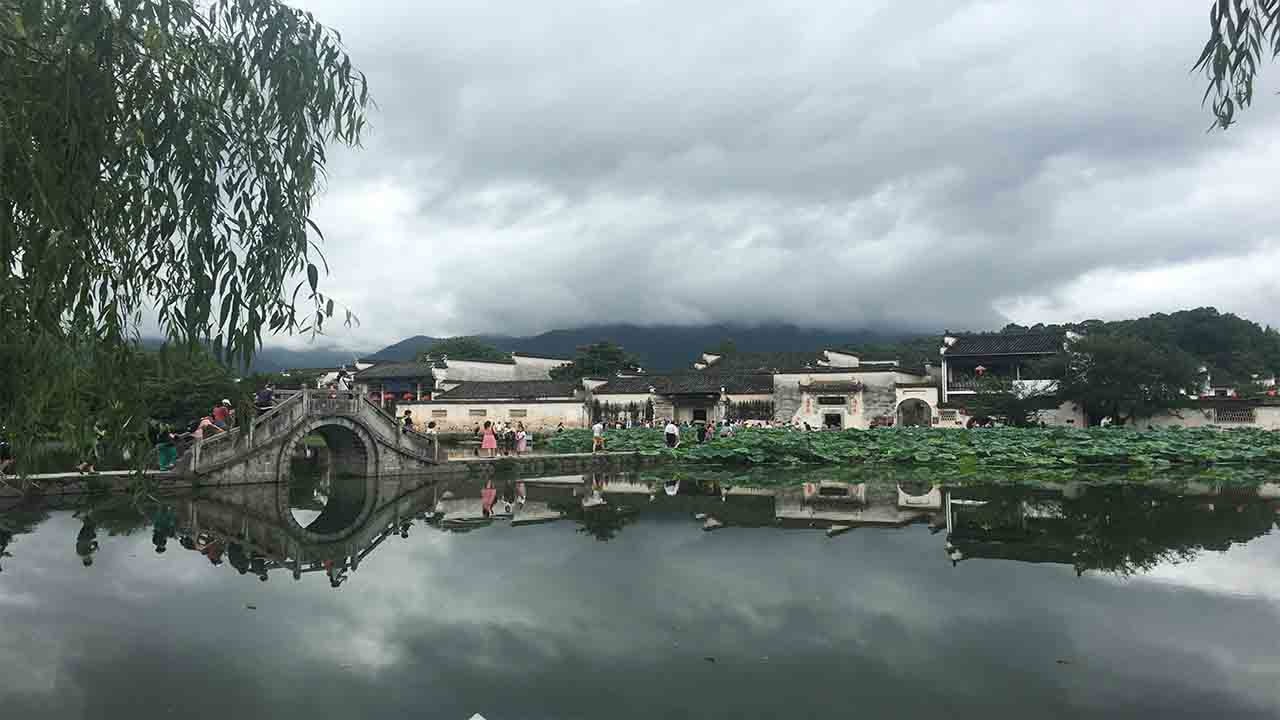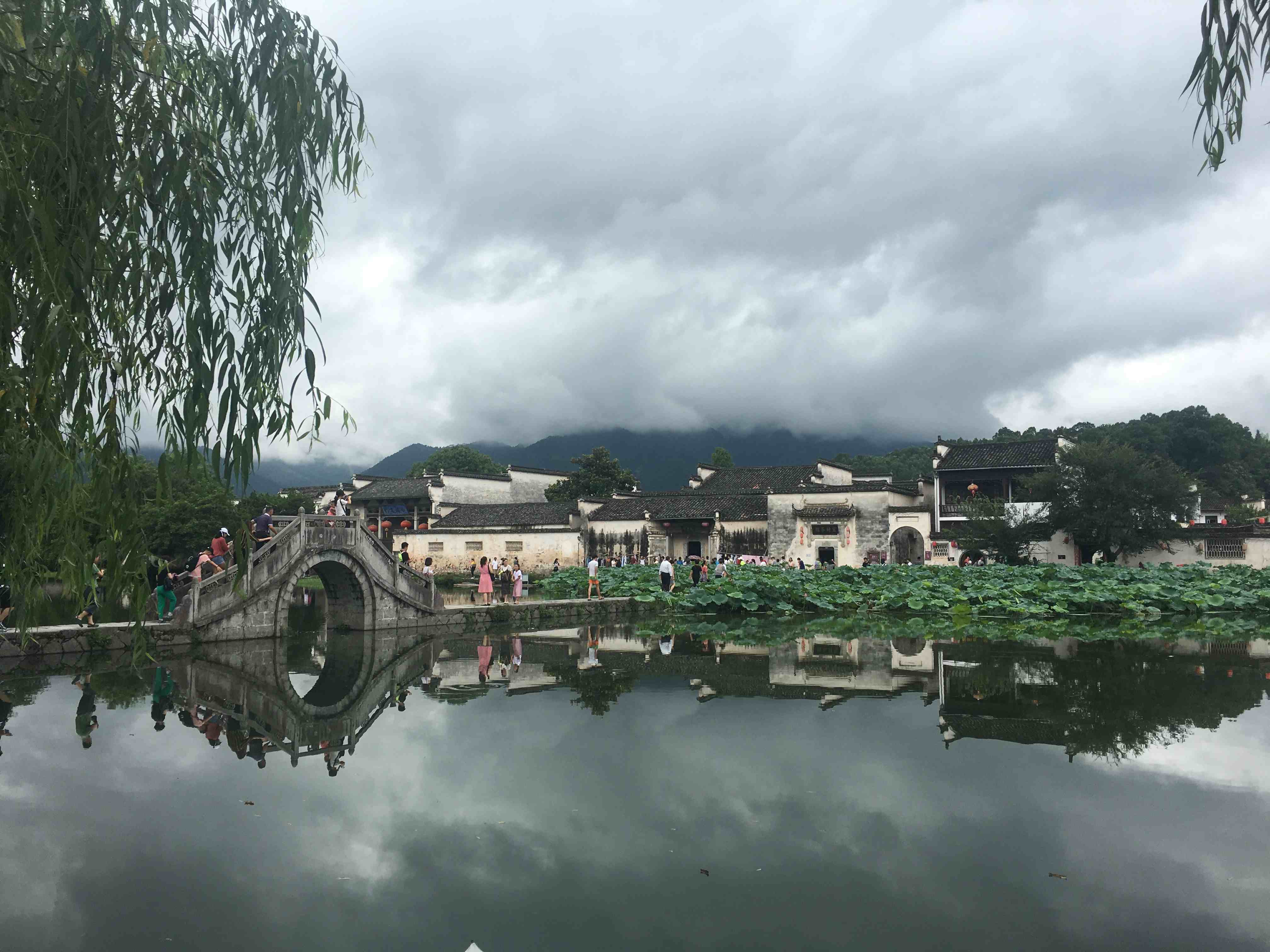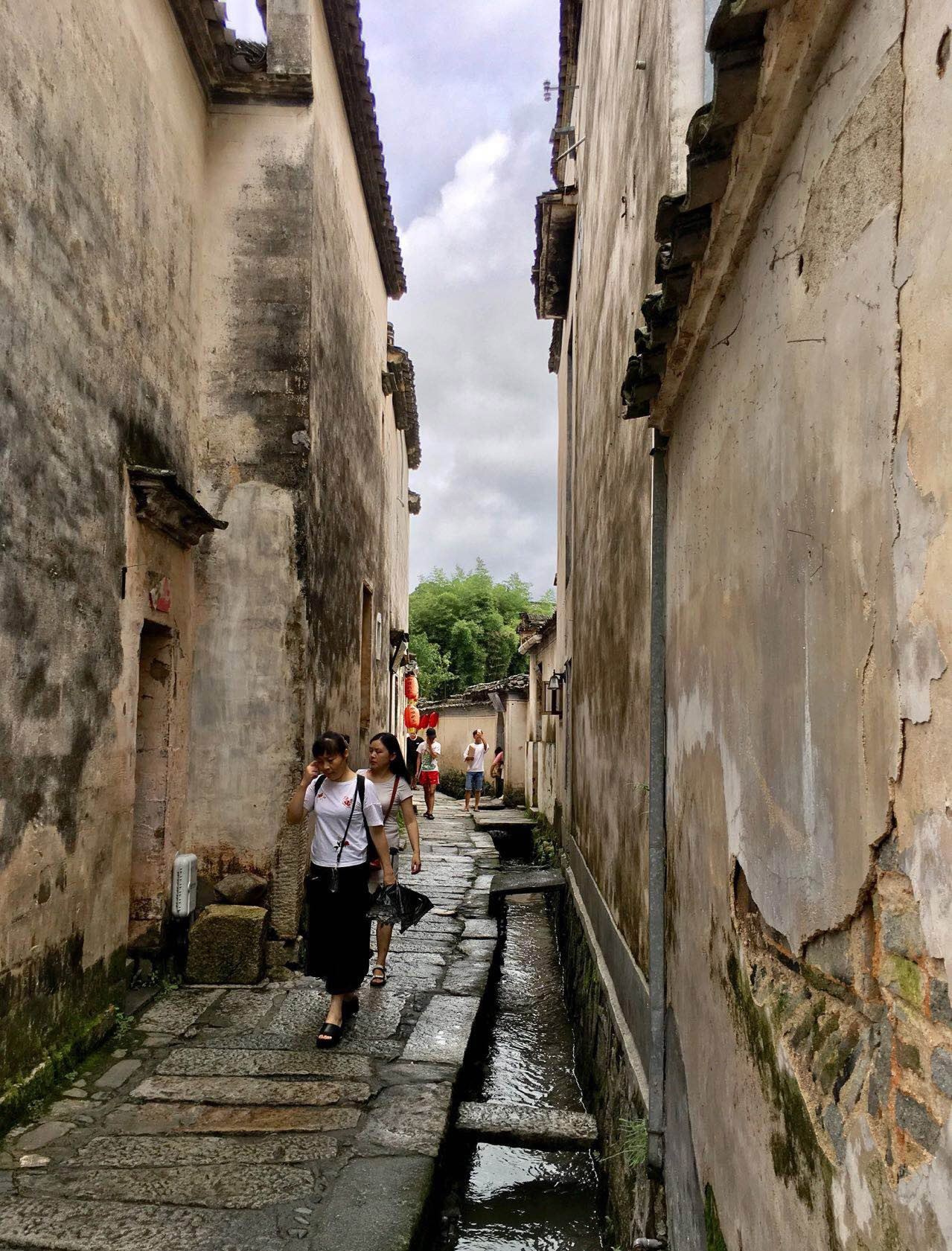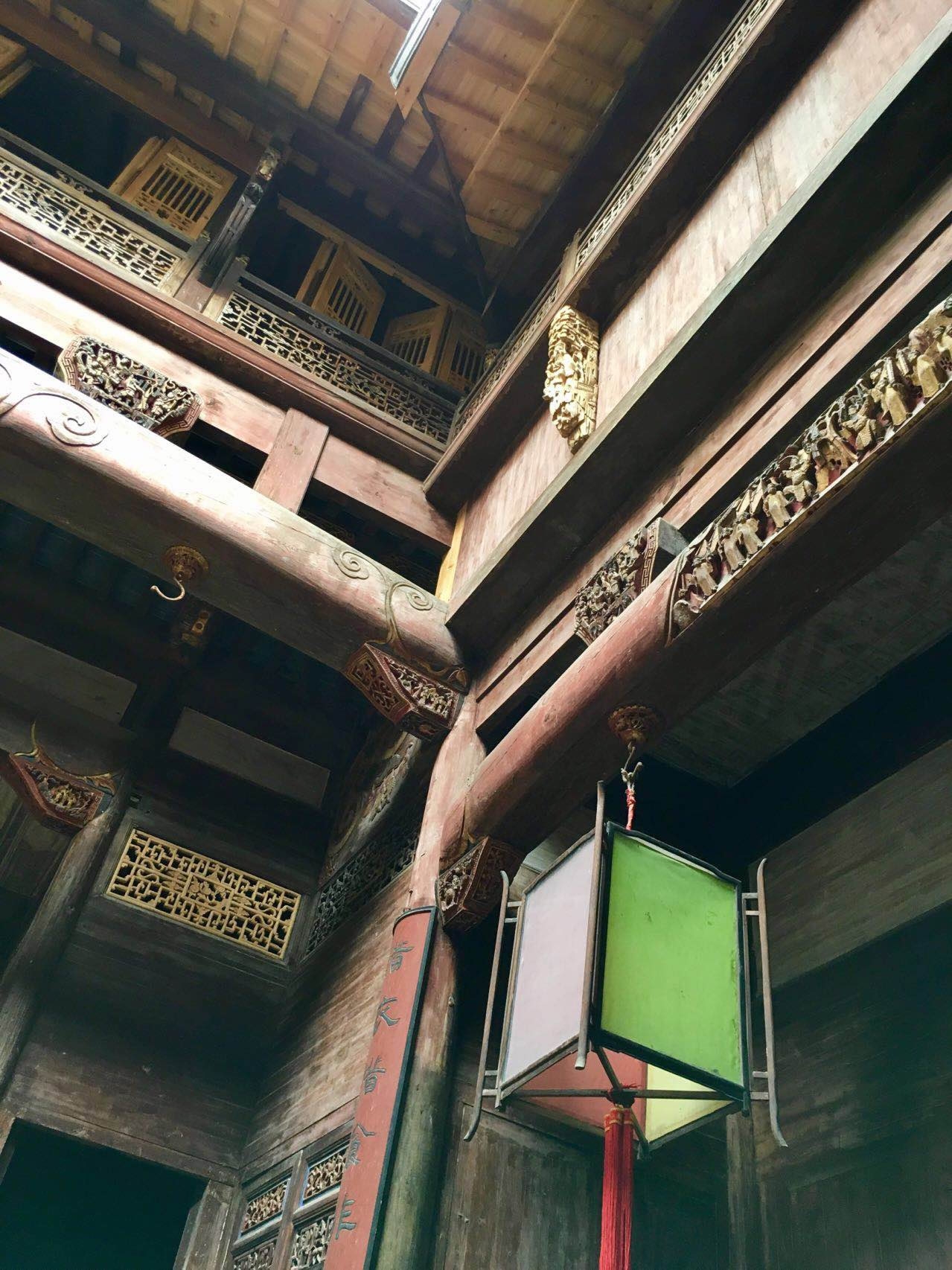
China
19:28, 18-Sep-2017
Facing increased tourism, Hongcun finds ways to preserve its cultural heritage
CGTN's Joey Villarama

A symbol of China's past and a local feature, the village of Hongcun in Anhui Province was cited as a UNESCO World Heritage Site in 2000. The village is home to 150 traditional houses, with architecture and carvings that date back almost 1,000 years. The influx of visitors, however, has forced the city to adjust to rapid commercialization.
Most economists believe tourism is beneficial for local communities, because it creates jobs and boosts local businesses. However, the downside is that it can damage local architecture and the environment and disrupt residents' lives.

A view of Hongcun Village by the Lunar Pond. /CGTN Photo
A view of Hongcun Village by the Lunar Pond. /CGTN Photo
Hongcun strives to preserve its cultural heritage while aggressively promoting its tourism.
Yu Biao, director of the Heritage Office of Yixian County in Anhui, told us that there are plans to limit the number of tourists in popular locations during peak hours. Yu explained, "The limitation is inevitable, because the cultural relics mostly made by woods are greatly affected by climate.”
Although tour groups and individual tourists have caused crowding in Hongcun, some residents still believe tourism is essential to keeping the village's legacy alive and vibrant.
A restaurant owner in Hongcun mentioned that her restaurant is becoming more profitable. She told us she would continue to make more tasty dishes to attract more customers.
A barista at a local coffee shop hoped that “More people would visit here and bring us more revenue."

Visitors walking along an ancient street in Hongcun Village. /CGTN Photo
Visitors walking along an ancient street in Hongcun Village. /CGTN Photo

A corner of the old building in Hongcun Village. /CGTN Photo
A corner of the old building in Hongcun Village. /CGTN Photo
Yu Chenggang, deputy director of the Tourism Department of Yixian County in Anhui, told us, "Since last year, Hongcun has drawn two million visitors, bringing 110 million yuan.”

SITEMAP
Copyright © 2018 CGTN. Beijing ICP prepared NO.16065310-3
Copyright © 2018 CGTN. Beijing ICP prepared NO.16065310-3